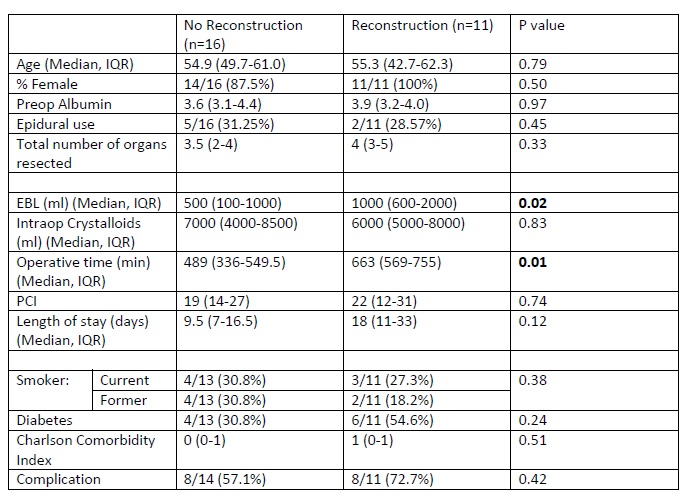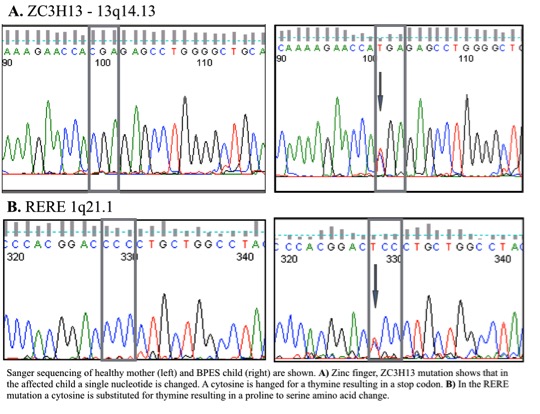C. McCoy1, J. H. Lawson1, M. Shapiro1, C. Sommer1 1Duke University Medical Center,Durham, NC, USA
Introduction: Multiply injured trauma patients are at high risk for venous thromboembolism (VTE) and inpatient chemoprophylaxis is standard of care. However, the time period when a patient is at risk for VTE may extend beyond the inpatient stay. The indication for and utilization of extended VTE prophylaxis following discharge have not been previously described.
Methods: A survey regarding current use of inpatient and extended VTE prophylaxis was distributed to trauma surgeons at Level 1, 2 and 3 trauma centers nationwide with the assistance of the Trauma Center Association of America. Practice patterns including indications for prophylaxis, agents used, and duration of extended VTE prophylaxis were studied.
Results: 80 surgeons, the majority (80%) of whom staff Level 1 trauma centers, responded from 56 hospitals. Nearly all (98%) respondents believed the risk of VTE was elevated following traumatic injury. All respondents utilized VTE chemoprophylaxis for trauma inpatients. Although 72 (90%) responding surgeons believed certain trauma patients should receive chemoprophylaxis following discharge, only 50 (62%) routinely discharged these patients on extended prophylaxis. The most common indications for extended VTE prophylaxis identified by respondents were prolonged immobility and orthopedic trauma. The most common agents utilized were low molecular weight heparin and aspirin. Specific drug dosage and duration were highly variable.
Conclusion: Current practice patterns surrounding extended VTE prophylaxis in trauma patients are highly variable despite widespread belief that extended prophylaxis is warranted in certain patients. Indications, efficacy, and risk stratification of extended prophylaxis regimens should be a focus of additional prospective research in the trauma population.


